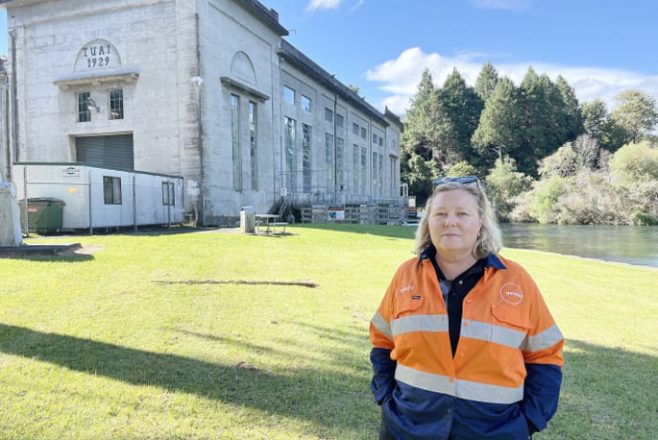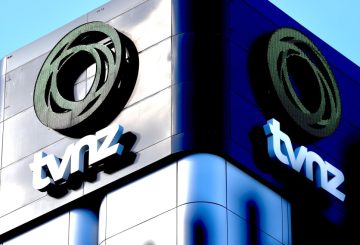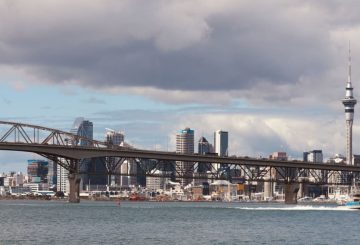제네시스 에너지 (Genesis Energy) 는 “수문을 열어” 와이로아 홍수를 일으켰다는 소문을 폭로하기 위해 작년 사이클론 가브리엘 (Cyclone Gabrielle) 에 대한 대응에 대해 발언했다.제네시스는 최근 언론을 초청해 와이카레모아나 호수 발전소를 견학해 사이클론 기간 동안 기울인 노력과 재생 에너지에 대한 지속적인 노력을 보여줬습니다.
발전소의 제네시스 팀은 홍수 속에서도 이 지역을 계속 운영하기 위해 노력한 것에 자부심을 느꼈습니다.당시 가동되고 있는 유일한 주요 발전기는 기구였습니다.발전소가 없었다면 이 지역은 장기간 정전을 겪을 수도 있었습니다.
제네시스는 수문에 관한 소문도 다루었습니다.그들은 오네포토 (Onepoto) 입구 구조물에는 수문을 열 수 없다고 설명했다.사이클론 이후 독립적인 검토 결과 와이로아 홍수의 1% 만이 제네시스의 물 때문이라는 사실이 밝혀졌습니다.나머지 홍수는 하천과 강의 범람으로 인해 발생했습니다.와이로아 지역 의회는 현재 이 데이터를 검토 중입니다.
사이클론이 닥치기 전에 제네시스는 범람 위험을 줄이기 위해 호수의 높이를 6% 낮췄습니다.홍수가 났을 때는 초당 35~40m³의 자원 동의율에 따라 물의 흐름을 관리해야 했습니다.
제네시스는 2030년까지 10억 달러를 투자할 계획으로 재생 에너지에 집중적으로 투자하고 있습니다.그들은 태양광 및 풍력 발전 단지에 초점을 맞추고 있으며 목재 팔레트를 에너지로 전환하는 바이오매스도 고려하고 있습니다.이는 헌틀리 발전소에서 석탄을 재생 가능한 에너지원으로 대체하려는 노력의 일환입니다.
제네시스는 자사의 전력 체계가 하천 흐름의 안전 제어 지점 역할을 한다고 강조했습니다.그것 없이는 호수의 물을 통제할 수 없었을 것입니다.또한 이들은 태양광 및 풍력 발전의 간헐적 특성을 관리하기 위해 헌틀리 (Huntly) 부지에 대규모 전력망 배터리를 건설할 계획도 강조했습니다.






























































